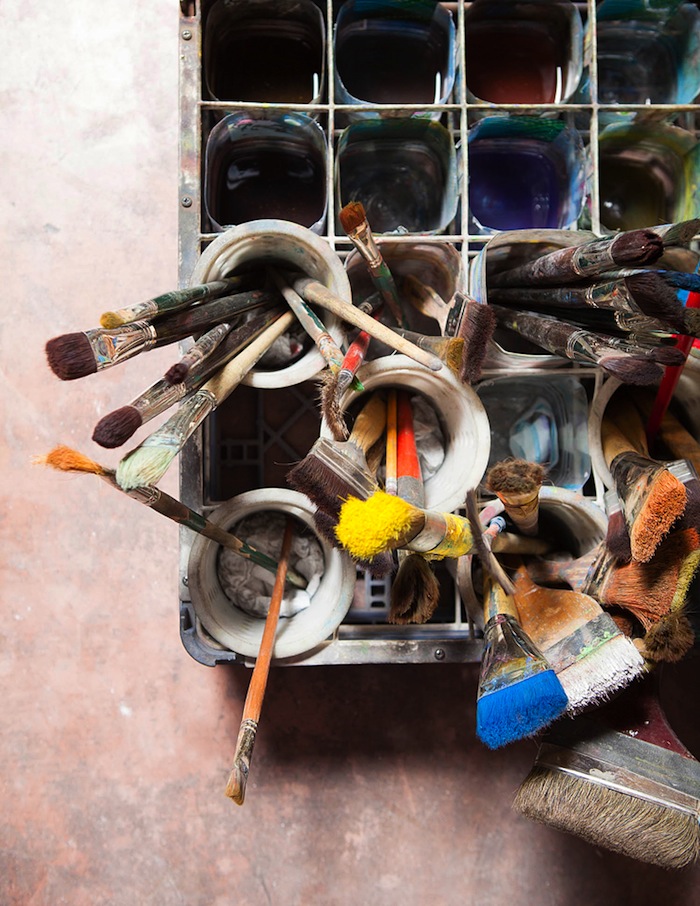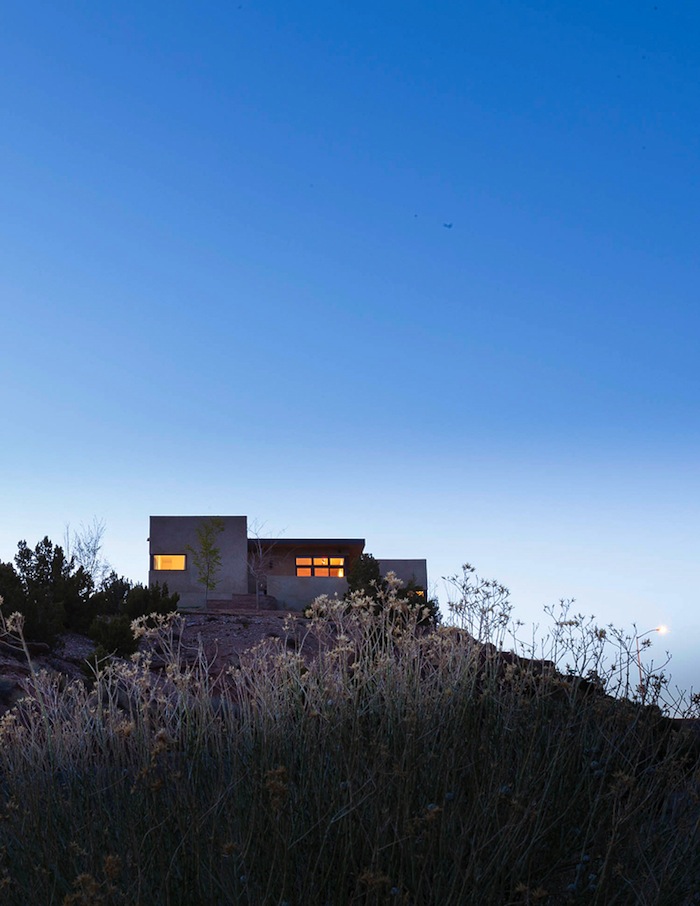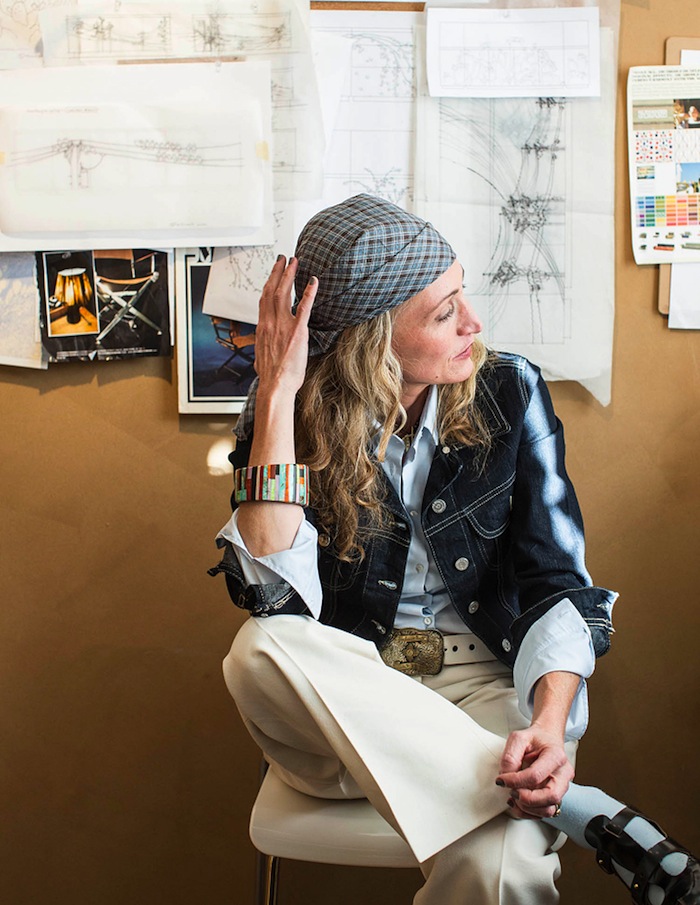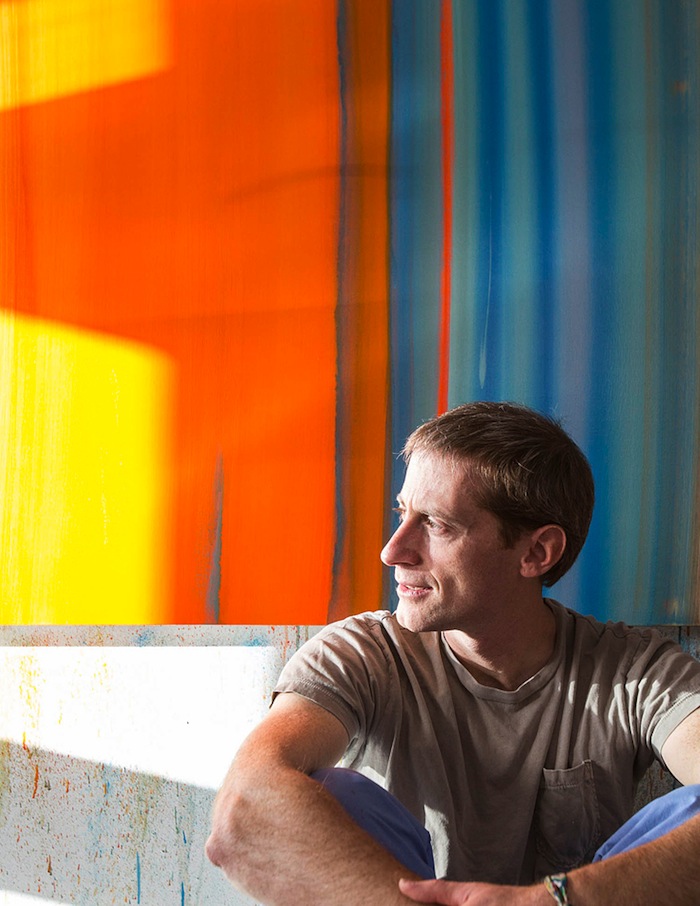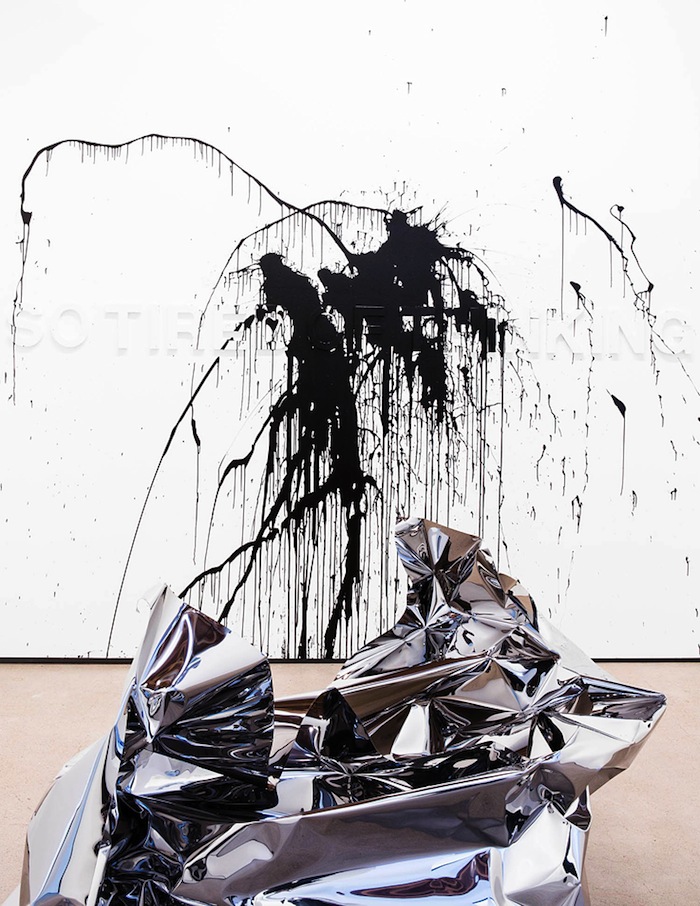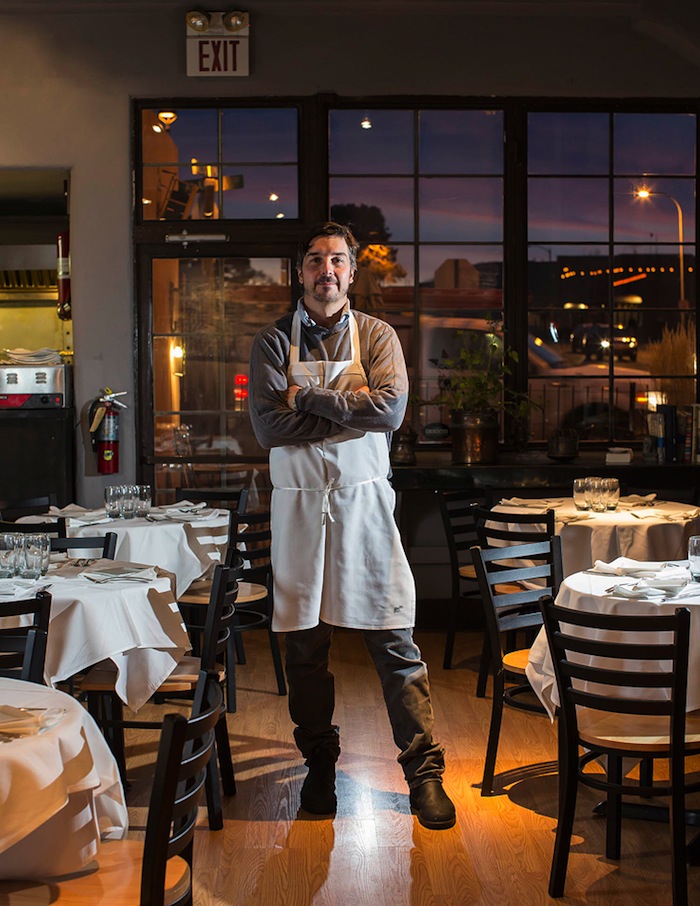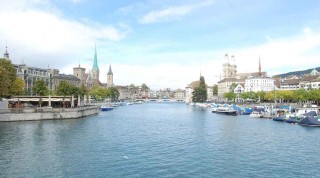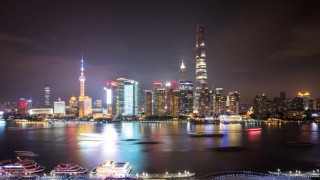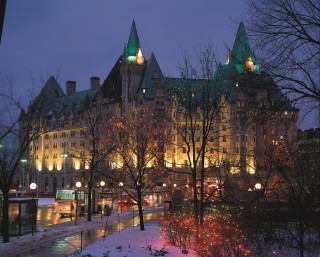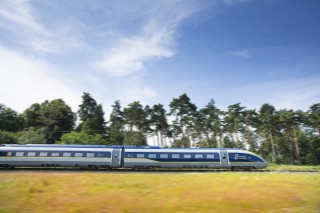With its blend of Native American history, Wild West grit, and cosmopolitan polish, New Mexico’s idiosyncratic state capital beckons to wayfarers and inspires the artist in everyone
By Aaron Gulley
Photographs by Jen Judge
In the Santa Fe Plaza, the one-block square where New Mexico’s capital sprung up some 400 years ago, I’m shuffling around the cobbled periphery looking for art. Long, low, cinnamon-colored buildings sprawl at the edges of the square like earthen caves. A few passersby lounge on benches beneath massive cottonwood trees in the grassy courtyard, while groups of local teens loiter under the portales—the shaded, timber post-supported arcades that front the buildings. In the gallery on the north side, along the wall of the Palace of the Governors, Native American traders huddle on brightly patterned blankets hawking silver and turquoise jewelry. Except for the storefronts full of overpriced cowboy boots and kitschy reproductions of Pueblo art, it feels like a century-old scene straight out of rural Chile or Mexico.
I’ve come to the plaza on this sharp, sunny autumn afternoon not just in search of a painting or a sculpture—I’m here seeking the creative essence of Santa Fe. On the face of it, this should be an easy task. “Santa Fe is the third-biggest art market in the U.S.,” a chirpy young blonde tells me at the nearby Santa Fe Visitors Bureau.
“What’s first and second?” I ask.
“New York by a wide margin. Then Los Angeles,” she says, almost gloating.
It’s formidable company for a poky backwater of 60,000. Some 240 art dealers base themselves here, and there are so many galleries on Canyon Road, a 1.2-kilometer-long wooded lane on the east side of town, that over the years the art shops have spilled into surrounding neighborhoods and the city center. From where I stand on the plaza, I can see the Shiprock Gallery, the Santa Fe Indian Trading Company, the Museum of Contemporary Native Arts, and the New Mexico Museum of Art, which, I note, is currently draped in an oversize banner for a show entitled “It’s About Time: 14,000 Years of Art in New Mexico.” And Santa Fe has more than just galleries.
The Santa Fe Opera House can keep up with Vienna; the ornate Spanish Renaissance-style Lensic Theater features on the national lec-ture circuit; and when it comes to food, the local restaurant scene would make a city 10 times Santa Fe’s size blush.
“We maybe don’t have the world’s best of anything,” says a local painter friend of mine who moved back to Santa Fe from New York a few years ago. “But it’s all really good. We’re talking about a cultural destination and global icon in a small town. Where else does that exist?”
Nearly eight years have passed since I moved to Santa Fe, and though I’ve grown to appreciate the chilies in the food and the lackadaisical pace of life and the flat-roofed, monotone architecture that define the place, I still find this art phenomenon mysterious. What makes a town as obscure as the capital of New Mexico a creative powerhouse? And why do artists continue to gather here? My quest is personal, too, because as a travel writer I tend to be more engaged with the places I visit for work than with my adopted hometown. That would be okay if I lived in Toledo or Des Moines. But with Santa Fe, it feels something like living in Tahiti and vacationing in the Maldives. So I’m also after some homegrown inspiration.
I wander a block west of the plaza to the “14,000 Years” exhibition, which offers some clues about the city’s draw. Situated at the end of
both the Camino Real de Tierro Adentra (a historic trade route that stretched to Mexico City) and the 19th-century Santa Fe Trail (connecting New Mexico with Missouri), Santa Fe has beckoned for centuries to entrepreneurs, wayfarers, and free spirits. Artists first began flocking to the region from the East Coast in the 1880s to document Native American culture, which many feared would be lost. A second wave of photographers and painters, including the American modernist Georgia O’Keefe, descended after the turn of the 20th century, drawn by the patchwork of cultural influences, the expansive beauty of the sage-fringed high desert, and the escape from the didacticism of formal art scenes.
The broad stroke of the exhibition is that New Mexican art is born from the migration of ideas and aesthetics. In the most simplistic view, Santa Fe is what it is because it’s a crossroads. But why, I wonder as I leave the museum and walk back across the plaza, do so many people—myself included—come to Santa Fe in the first place?



